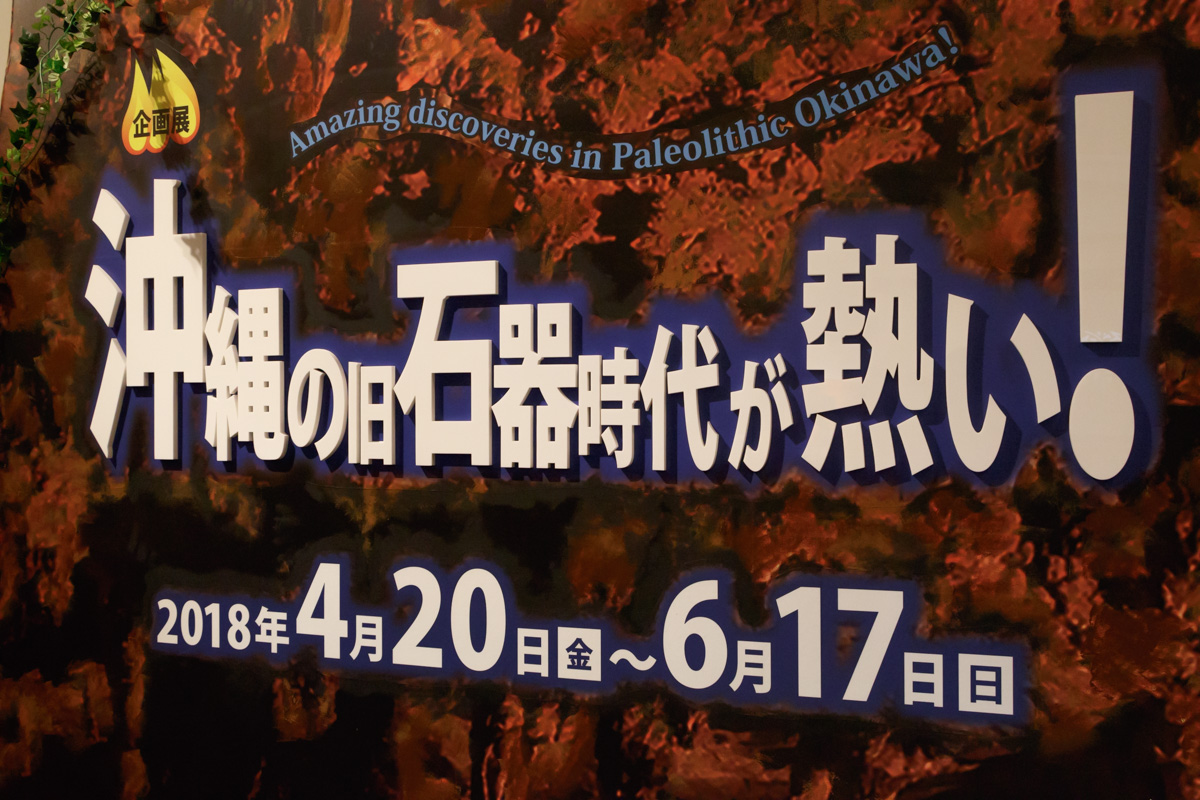
At the National Science Museum, the exhibition "The Paleolithic Age of Okinawa is Hot!" Is being held from April 20 (Fri) to June 17 (Sun) in 2018. Since the press exhibition was held on April 19, I will tell you how it is.
Paleolithic age, the oldest and longest in Japan's human history, the most enigmatic wrapping. At that time, how did people living in the Japanese archipelago live, and what were they feeling?
Most of the Old Stone Age human bones that convey their pre-life appearance have been found in Okinawa, but tools such as stoneware have not been found and their lives have been enveloped for a long time by mystery.
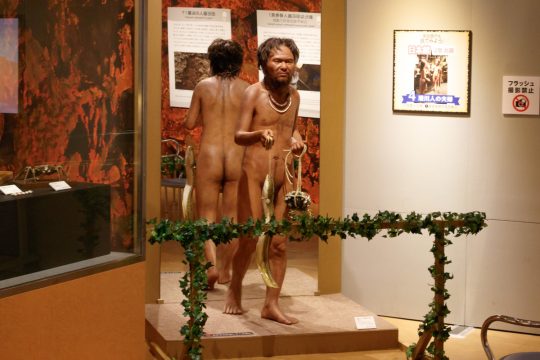
However, in recent years, excavation surveys of the Paleolithic Age are underway, and unexpected discoveries that convey their unique lives are being successive in various parts of Okinawa.
In this exhibition, I introduce the latest research results of such a hot Okinawan Paleolithic Age, and focus on the actual form of our ancestors living on the islands of the Ryukyu archipelago.
Detailed exhibition commentary by expert researchers was held at the exhibition. Here, we introduce a part of it along with the venue scenery.
1 Environment in Okinawa
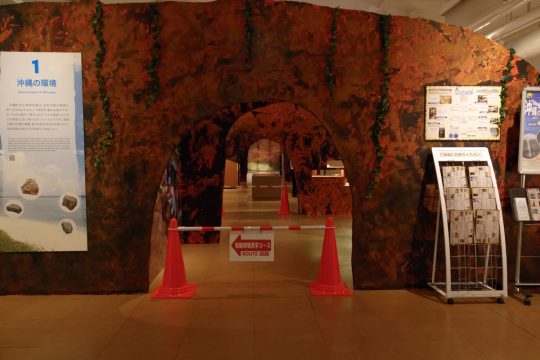
The exhibition hall is made by imagining limestone limestone caves where Okinawa's Paleolithic ruins are excavated, and it is as if you entered the excavation site. I do not like the directive restricted corn production.
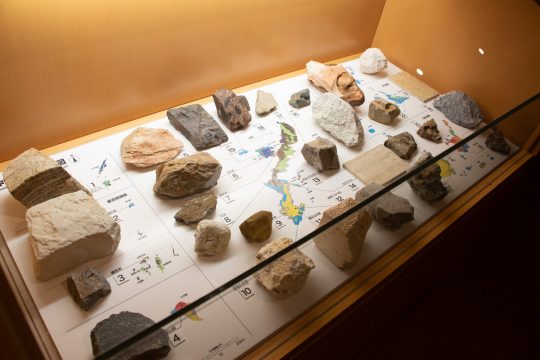
The theme of Chapter 1 is "Environment of Okinawa." We introduce the origins of the Ryukyu archipelago by panel explanation of the position and environment of the Ryukyu Archipelago, and exhibits of rocks forming islands.
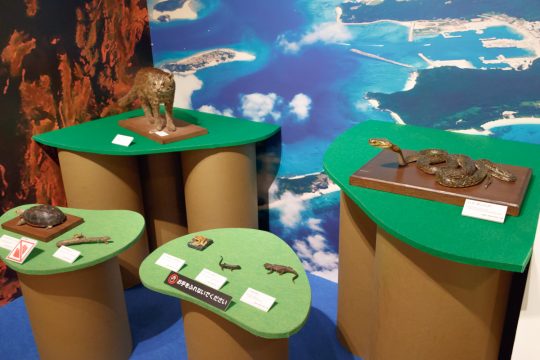
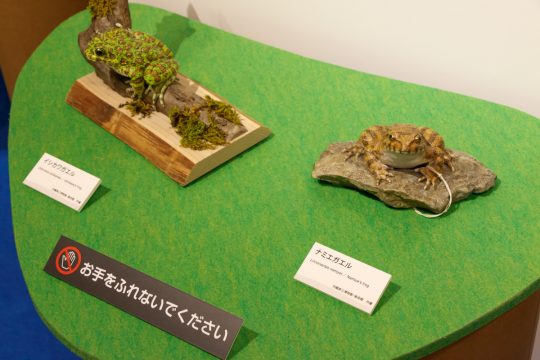
Yambucukina, Iriomote nymanne … … Stuffed animals of various animals living in the Ryukyu archipelago are lining up.
"Here's one thing I want you to think about"
I asked Mr. Fujita of the National Science Museum who was in charge of exhibition commentary.
"Paleolithic men came to this place tens of thousands of years ago, so let's think about it as they feel, Which do you want to eat? "
Snakes, mice, frogs … It is a very annoying problem for modern people (laugh).
2 unique animals living on 2 islands
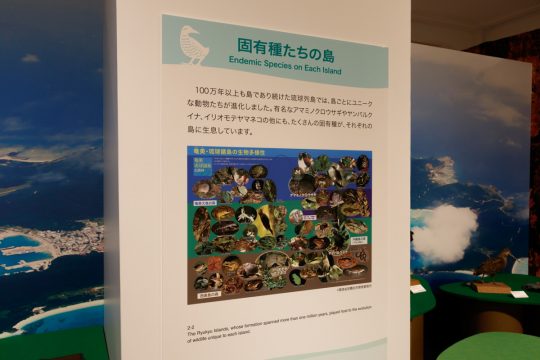
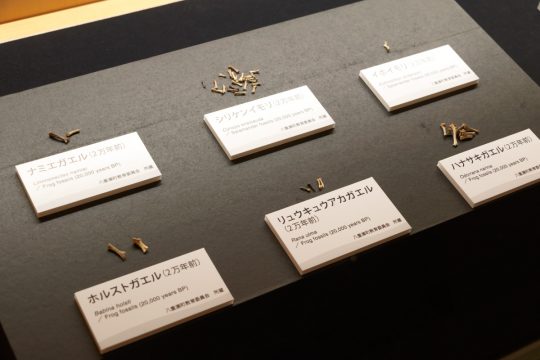
In chapter 2 we will step into the fossil excavation site. In the environment of small islands like the Ryukyu Archipelago, animals with their own evolution inhabited each island.
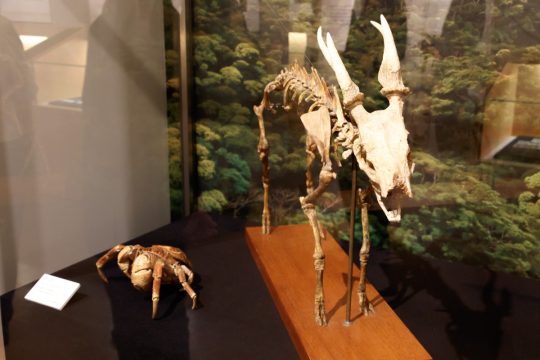
This is a fossil of extinct Ryukyusika and coconut crab. By adapting to the environment of the island, the deer, which was originally large, became smaller, and the crabs, which were originally hermit crab friends, grew huge due to the absence of natural enemies, their lifespan grew and they came to live to 50 years old .
3 Old stoneware crowding
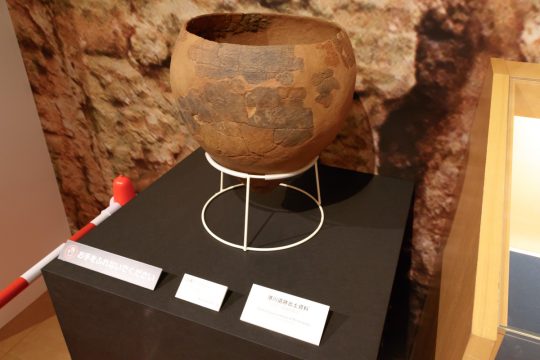

In 1970, the human bone (Minatogawa) 20 thousand years ago discovered at the port of Okinawa Prefecture is an old stoneware human bone said to remain the best in East Asia. At Kanagawa ruins, it was not well known what kind of things other than the human bones were found, but in this chapter we will display a restored model of the port city ruins and a replica of the excavated pottery, and the ruins of the Old Stone Age We introduce a wide range.
4 The life of the old stoneware that I saw

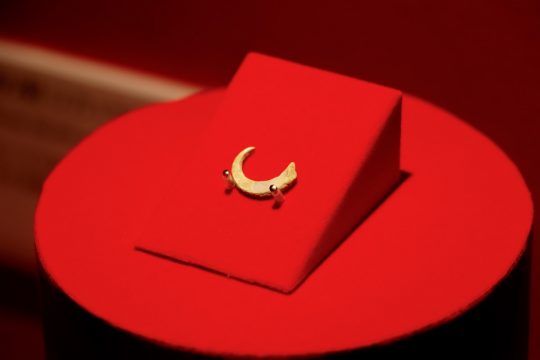
What is displayed at the beginning of chapter 4 is an exhibit that can be said as the "eyeball" of this exhibition. It is the oldest "fishing hook" in the world.
In Sakitari dong in the southern part of Okinawa Prefecture, various shellfish such as sharpener and beads have been discovered in the survey since 2009, but the news of discovery of this "fishing hook" announced in 2016 triggered a particularly great response It was. It shows that old pseudonymous people used fishery resources, and the sophistication of making it is amazing. By all means, please watch the rainbow shine at the venue!
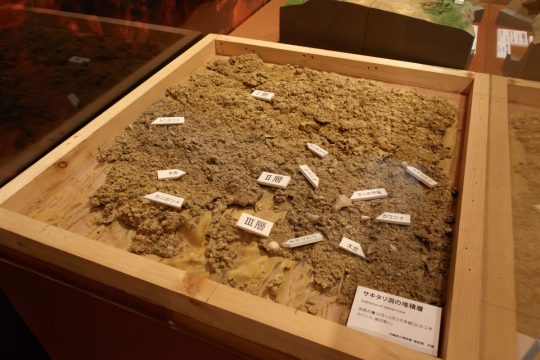

Numerous crab and crab shells excavated from the Sakitari dune. If you look closely you will find that there was a burned trace and it was food. Mokuggan crab is a member of Shanghai crab and fall falls. Paleolithic people seemed to eat with aiming for autumn, and you knew the delicious time properly.
"Paleolithic people who understand the difference" is Mr. Fujita's discretion.
5 New human bone discovery! (Shiraho Rod Nedahara)
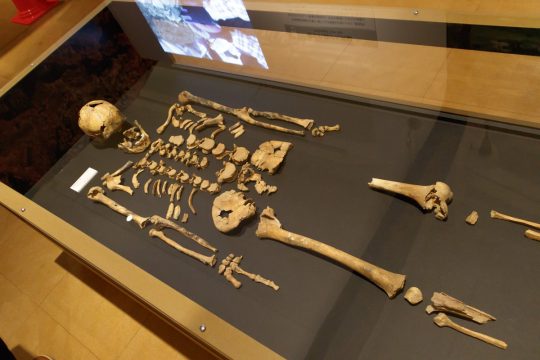
Shiraho Rodong Tahara cave site of Ishigaki-jima Island was discovered in 2010, and as a result of full-scale excavation survey, a large amount of preserved old stoneware human bones was discovered in large quantities. This is the whole body display of "Shiraho 4" where a set of human bones were excavated. It is thought that the position of the bones of the whole body was kept almost at the time of excavation, and the corpses were "buried".
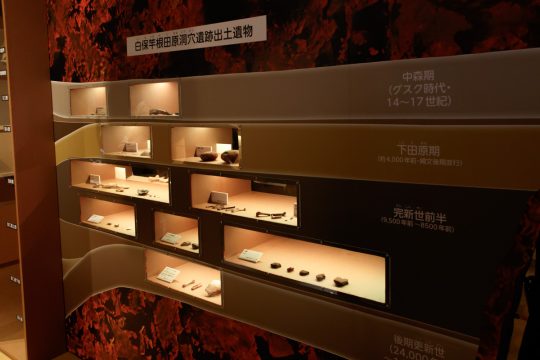
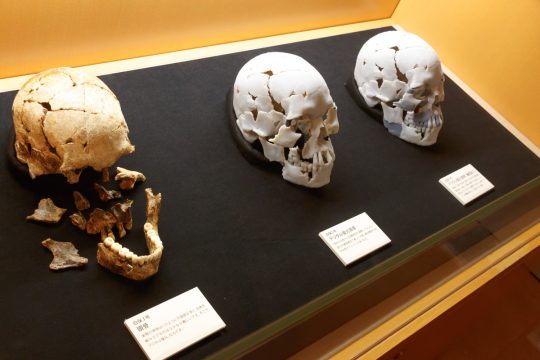
From the Shirahara Rodong Tahara cave site ruins, four bones of head bones were excavated, but many defects were restored by computerized digital method. At the venue, the actual skull and reconstruction model exhibits introduce the techniques and advantages of digital restoration technology.
After this, the exhibition hall continues to Chapter 6 "Still Hot! Okinawa Paleolithic Age Studies" which introduced the results of further excavation survey.
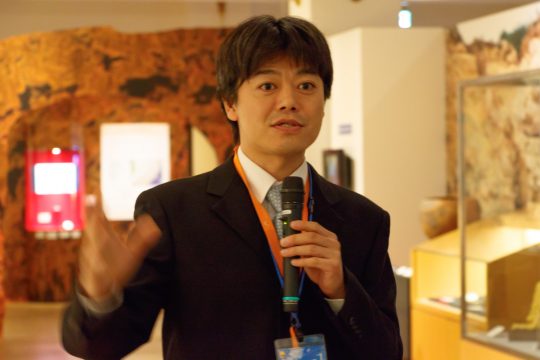
Yuki Fujita Researcher, Humanity History Research Group, National Science Museum Humanity Research Department
"Because valuable human bones came out, not what is important, what kind of state they came out with, what they came out, analyzing what came out together, restoring the old life, studying that process It is important for those who are doing it carefully, the importance and excitement of the excavation site, I'd be happy if you feel that you are thinking of stories from such trivial things. "
Mr. Fujita who supervised the exhibition of this exhibition says like that.
Researchers facing the steady, small relics and serious relics. Please take a stroll with the intention of "exhibitor" or "archaeologist" at the exhibition hall. There may be overflowing charm of the Paleolithic age which we have not noticed until now.
The exhibition is from April 20 (Fri) to June 17 (Sun) in 2018.
A plan exhibition "Okinawa's Old Stone Age is hot!" That introduces the unique culture of the Okinawa Old Stoneware! Why do not you visit this opportunity.
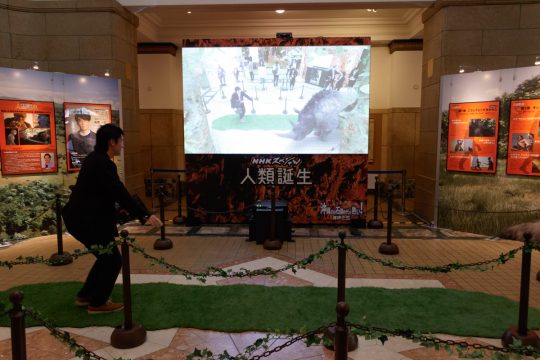
At the venue, there is also an AR experience corner in conjunction with the NHK Special "Birth of Humanity"
The summary is here:
https://home.ueno.kokosil.net/en/archives/24086


